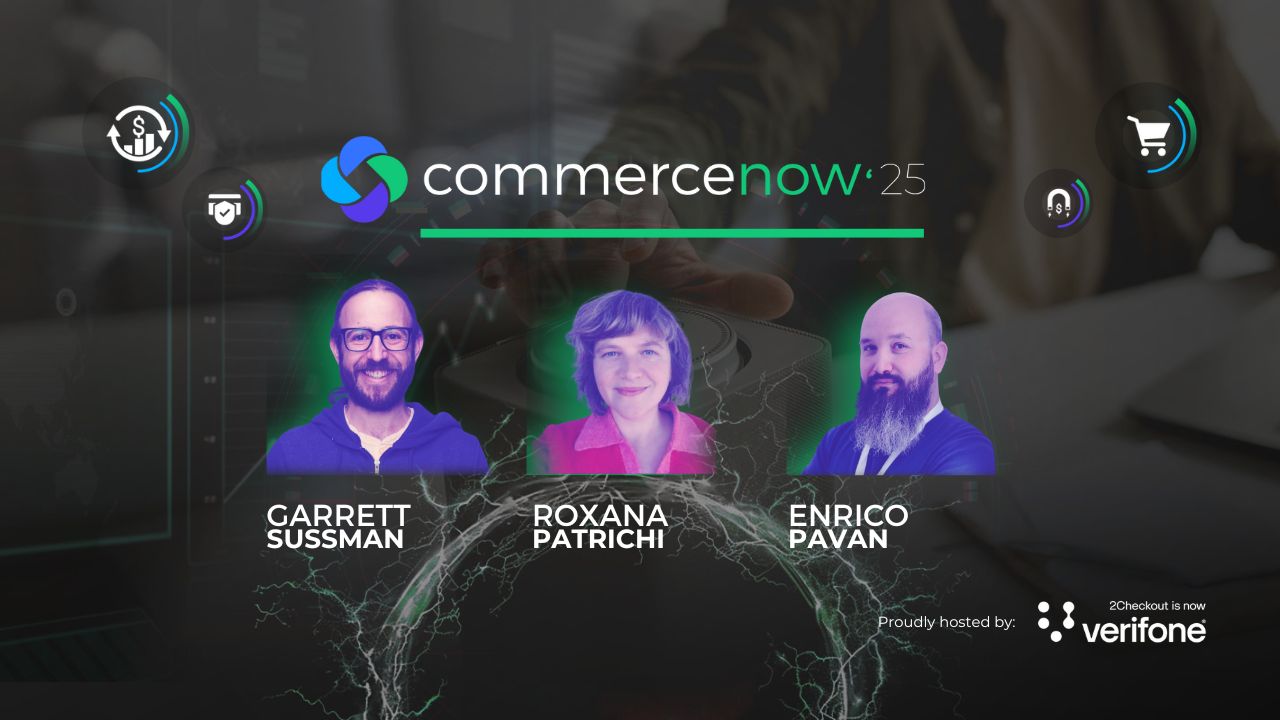The old rule of thumb said it costs 5x more to acquire a new customer than to retain one. The origins of this hypothesis go back to 20 years ago. Sales practiced pushy tactics. Advertising was more of a guesswork game. Marketing ROI was a black box. There was no definite way to tell what worked, what didn’t, and why. Times have changed, though – for good. We have new business models, advanced tools, and robust analytics that never existed earlier. Customers follow their own research – they read blogs, reviews, watch videos, take demos, and free-trials.
On the marketing side, you can figure out precisely how much it costs to acquire a customer by various segments, channels, and pricing models. You can stack it up against your customer lifetime value (LTV) and see if it makes sense to spend an X amount.
Optimization of key metrics, such as customer acquisition cost (CAC), that decide your business’s fate has become much easier. In this article, we’ll specifically talk about customer acquisition – why customer acquisition cost matters, what you can do to improve it, and how CRO helps reduce it.
Let’s dive in!
What is customer acquisition cost?
Customer acquisition cost determines the health of a business and the possibility of attracting investment. A simple CAC calculation is as follows, CAC = Total Marketing + Sales Spends/No. of New Customers Acquired
Now, let’s dive into the reasons why the optimization of CAC matters.
Why care about customer acquisition cost?
It improves profitability.
It doesn’t take much to understand that a successful business needs to have a balanced CAC (the cost to acquire) and LTV model (the ability to monetize) that looks like this:
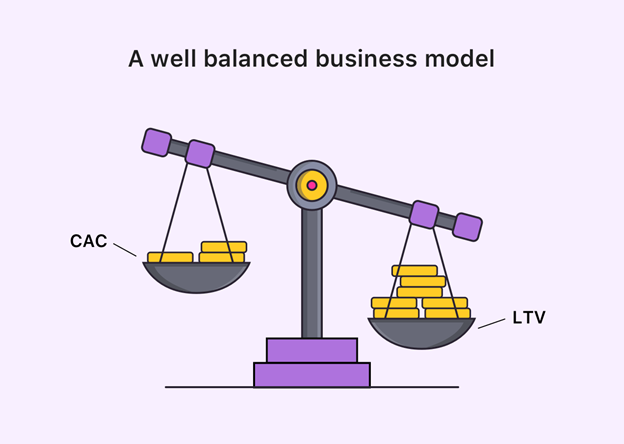
Source: Startup Killer: the Cost of Customer Acquisition, David Skok
The popular discourse says that your customer acquisition cost needs to be 33% or lesser than your average customer lifetime value. This ratio may vary from business to business for various reasons. Richard Acton Maher, Product Manager at McKinsey, talks about this in detail in this infographic. That said, the lower ratio of acquisition cost to LTV ensures higher profitability.
It reduces the payback time
As a side effect of the lower acquisition cost compared to LTV, you also cut down on the time it takes to recover the costs (known as the CAC Payback time). The shorter the Payback Cycle, the lesser time it takes to acquire a profitable customer. What this means for a business is that your CAC replenishes itself faster and is causing a minimum drain on the cash flow.
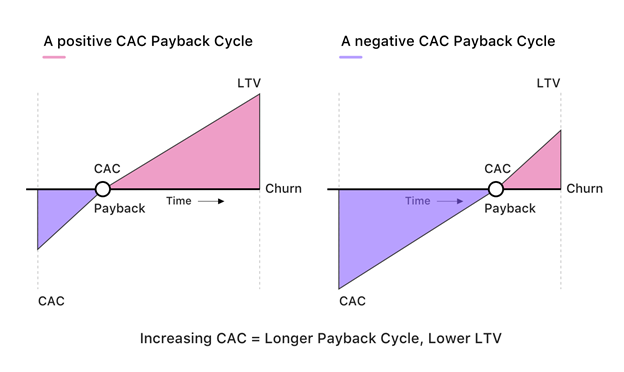
David Skok, a venture capitalist, in his detailed and a must-read article says, “LTV should be about 3x CAC for a viable SaaS or other forms of recurring revenue model. Most public companies, like Salesforce.com, ConstantContact, etc., have multiples that are more like 5 x CAC. CAC should be recovered in less than 12 months. (for subscription businesses).”
Let’s try some maths.
For example, if it takes your business $100 to acquire a customer, you should plan to make $100 of that customer within a year. It is especially relevant for startups and companies with less cash flow. Product-market fit and monetization play a massive role in establishing the LTV/CAC equilibrium and shorter Payback Cycle. But acquisition always has an upfront cost. If left unchecked, it can have a damaging impact on the growth of your business. Let’s dive into how you can reduce it.
How to reduce customer acquisition cost?
Conversion rates play an important role in determining the acquisition cost. When you improve your conversion rate, it means you’re converting more customers by spending the same amount — getting more worth out of your money. You can offset the spending against increased conversions and ultimately bring down the CAC.
Here’s how it will look like in action:
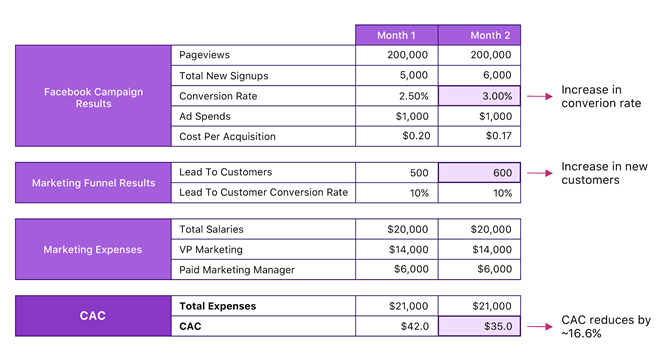
Simple maths!
When you increase the denominator (no. of new customers), the fraction (CAC) gets smaller. We have created this calculator you can use to understand this better. By definition, the conversion rate is the percentage of people who take the desired action. The calculation formula, though, changes from business to business and context.
However, a basic formula goes like this,
Conversion Rate = No. of conversions/Total no. of visitors*100
As a starting point, a good question you can ask yourself here is – is my conversion rate good enough? There’ll be no straight or simple answer to this as it depends on many variables. These include – what user action you are measuring, where your users are coming from, your product’s cost, etc. Whatever your conversion rate is, do not assume there’s no scope for optimization. A good conversion rate is always the one that’s better than the previous.
The best way to improve conversions is to run conversion-optimized campaigns across crucial customer touchpoints or even running highly controlled tests that precisely tell you if your conversion rate is going upwards.
But first,
What is conversion rate optimization (CRO)?
Conversion optimization or conversion rate optimization (CRO) is the most cost-effective and quickest way to improve your conversion metrics, i.e., increase sales, purchases, sign-ups, and more. VWO, an A/B testing tool, defines CRO as “the process of optimizing your site or landing page experience based on website visitor behavior to help improve the probability of the visitor taking desired actions (conversions) on the said page.” It emphasizes that it’s an ‘ongoing’ process that involves constant learning and optimization.
A more holistic and user-focused approach to look at is to think of it as a process for improving user experience by understanding what drives users to your website, what puts them off, and what makes them stick.
Successful CRO campaigns require an in-depth understanding of data, multiple tests, iterations, and quality insights. Let’s take you through the process you need to run such campaigns.
Getting started with conversion rate optimization
There are different kinds of frameworks you can use to implement the conversion optimization process. Most of the frameworks are based on these three key ideas,
Know your users
The first and foremost thing to do here is to understand your users – both quantitatively and qualitatively.
Quantitative analysis helps you understand what your users do when they’re on your website. Some of the tools you can use are website analytics, funnel data, heatmaps, click maps, scroll maps, surveys, NPS, and more.
Qualitative tools uncover why users behave in the way they do when they’re on your website. Some of these tools are on-page surveys, session recordings, testimonials, reviews, and usability tools. They create a wholesome picture of user experience that forms a core part of the optimization process.
Reduce barriers
Once you have collected the qualitative and quantitative data, you’re in a good position to identify what causes your users to drop off or what draws them in. Taking this understanding, you will form a hypothesis that’ll guide you about assumptions, goals, and expected impact.
It may look like – “Because we have seen users dropping off in X scenario. We expect doing X may improve user engagement by X%.” This kind of hypothesis building paves the way for a structured testing approach.
Now it may be that you and your team have various ideas and want to test multiple hypotheses. A good way to approach this is to prioritize the ideas based on their potential, impact, and ease of execution. You can use a scoring method to aid decision making. It will ensure you’re testing winning ideas at a scale.
Amplify action
Knowing what is working for you or worked for you is a definite way to inform yourself about the actions you need to amplify and improve your conversions even more. Again, you need to use both qualitative and quantitative tools to double down on the existing conversions.
What can you optimize?
Precisely, everything on your website. Every element on your website impacts the user experience, and therefore, conversion rate.
On an intermediate level of testing, these elements could be landing page design, website copy, CTAs, headlines, links, forms, etc. Advanced testing includes experimentation with scroll depth, content length, navigation, site structure, placement of the content, pricing, discounts, offers, and more. An important point to remember is always to ensure your testing is data-based and not a random stab in the dark.
How Cocohanee optimized website to drive sales
Cocohanee is an eCommerce website that sells kids’ apparel. They intended to boost their sales while delivering great customer experience. To do so, they zeroed on two experiments with these end goals in mind:
- Test 1: Increasing add-to-cart clicks and overall conversion.
- Test 2: Increasing visits to the listing pages.
For the first test, they realized that their return policy and shipping cost were not visible on the website and could have caused shoppers to abandon items. They hypothesized that displaying these details below the main CTA could help boost conversions.
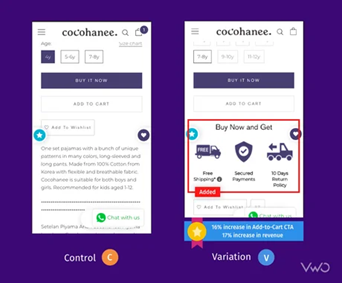
The test was run for 14 days with 100% of their traffic allocated equally between the control and variation. The variation resulted in 16% increase in their Add-to-Cart CTA and a 17% increase in revenue.
For their second test, Cocohanee team observed that many visitors were clicking on the hamburger menu but their engagement with the menu was low. To remediate it, they decided to show sub-categories on the menu. They equally split 100% traffic of their website to the control and variation.
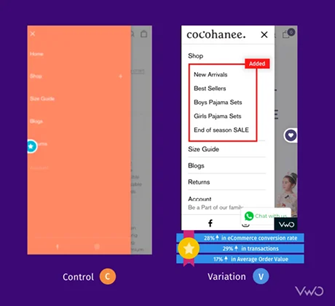
The test was run for 22 days with the variation causing a 4% uplift in visits to the listing pages. Ultimately, it resulted in a 28% increase in eCommerce conversion rate, a 29% increase in transactions, and a 17% increase in AOV (Average Order Value).
Conclusion
Customer acquisition cost is an extremely crucial indicator of a business’s growth, whereas conversions measure your sales and marketing machinery’s effectiveness.
Businesses must actively seek to identify a realistic and self-sustaining acquisition model by optimizing conversions – a low hanging fruit. By increasing the number of people ready to pay for your product or services, you increase your business profits and accelerate growth.
Bonus: Excellent resources on conversion optimization
- 53 ways to increase conversion rate – CXL
- 96 ideas for optimizing pricing, deals, and offers – Part I – Content Marketing Experts
- 96 ideas for optimizing pricing, deals, and offers – Part II – Content Marketing Experts
- Research reports and case studies – Marketing Experts
_____________________
About the Author
Amanjot Nagi is a B2B content marketer and ghostwriter. She loves writing for B2B SaaS and specializes in marketing technology. She has written this piece for VWO.






